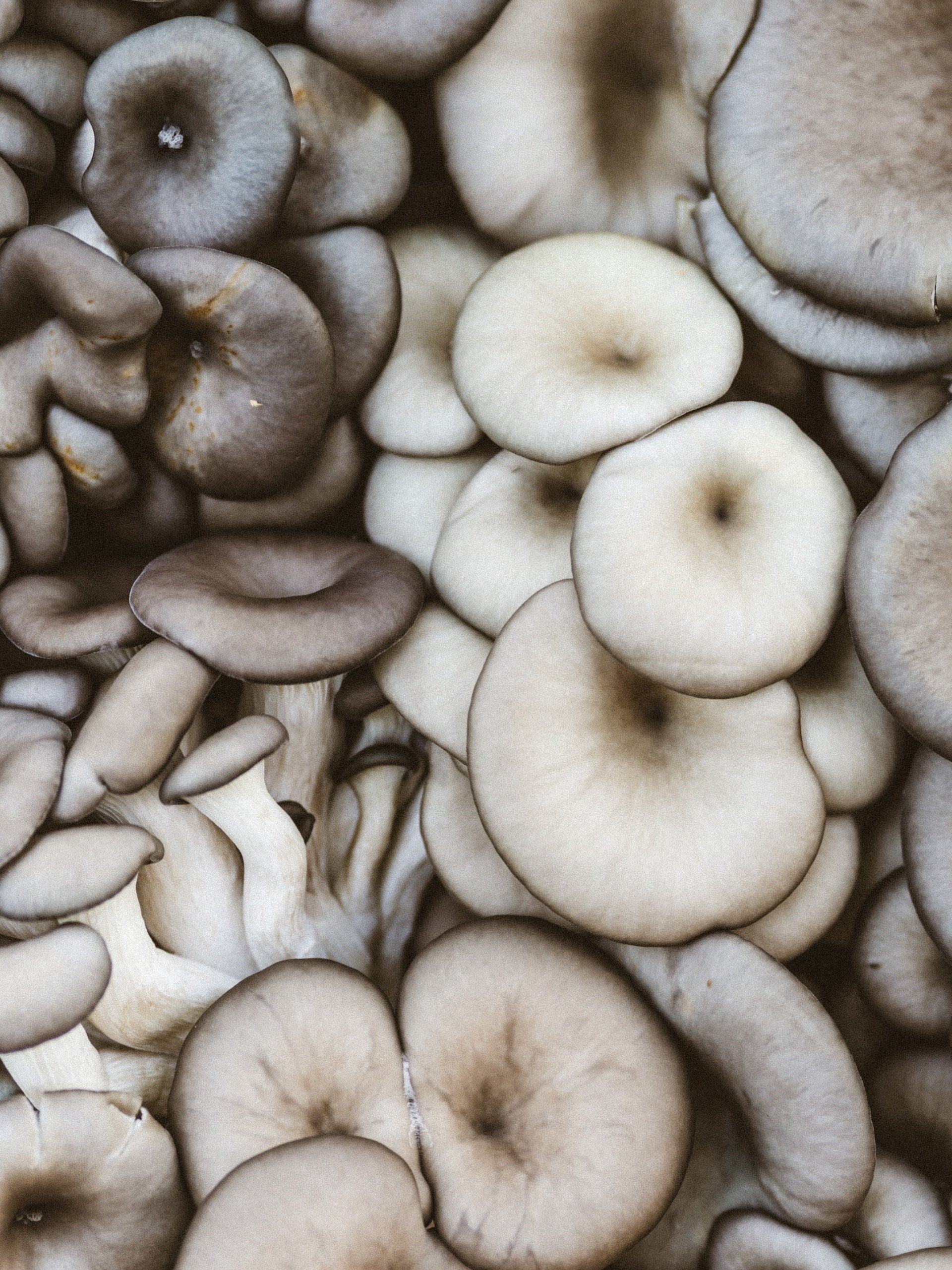
Blue-Grey Oyster Mushroom Plug Spawn
No reviews

Variety:
Pleurotus ostreatus
Lead time: 2-10 Days
£9.99
Incl. VATShipping calculated at checkout.
Plug Spawn
Grain Spawn
Customer's Also Buy
The Pleurotus Ostreatus is better known as the Oyster Mushroom, a mushroom renowned for its popularity in the kitchen. The name for this mushroom comes from the Latin pleurotus, meaning sideways and Ostreatus¸ meaning oyster. You can begin growing your ‘sideways oysters’ as soon as they hit your doorstep, as our fresh living spawn is ready for inoculation upon arrival.
Our strains are selected for their high yield, vibrant colours, and strong flavours. We can ensure these factors due to our incredibly low generational number. The lower the generation of the spawn, the nearer to the original spore sample, so at only the fourth generation, this spawn is guaranteed to be high-quality and dependable.
With our oyster mushroom spawn plugs you can have both an enjoyable grow experience and enjoy your gourmet mushroom meal at the end of the project! Features
Our strains are selected for their high yield, vibrant colours, and strong flavours. We can ensure these factors due to our incredibly low generational number. The lower the generation of the spawn, the nearer to the original spore sample, so at only the fourth generation, this spawn is guaranteed to be high-quality and dependable.
With our oyster mushroom spawn plugs you can have both an enjoyable grow experience and enjoy your gourmet mushroom meal at the end of the project! Features
- Suitable for all customers from hobbyists to professionals
- A great first time grow, perfect for those in starting out with growing edible mushrooms
- Will bring harvests of mushrooms, year after year
Species
Pleurotus ostreatus
Inoculation Rate
Mix with ± 2-10% spawn
Recommended Substrate
Hardwood / (wheat) straw
Incubation
Room temperature of 20-22 °C, substrate temperature of 25-30 °C, duration of 19-22 days.
Primordia Induction
Lower to 6-15 °C (night time); relative humidity 90-95%.
Fruiting Conditions
Room temperature of 10-17 °C, relative humidity of 85%, light of 800-1500 lux.
Flushes
2 per month; interval: 1-2 weeks; between flushes: relative humidity increase to 90%.
Total Production Cycle
Approximately 3 months.
Average Yield
200 to 250g saleable mushrooms per kg fresh substrate.
Delivery
Note: Please refer to the specific lead times shown on product pages for more accurate delivery times.
- Small Orders (E.g. 100ml Spawn, Plugs): Sent via Royal Mail large letters.
- Medium-Sized Orders (under 2kg): Royal Mail 24-48 hour tracked parcel.
- Large Orders (2kg+): via DPD Express.
Returns
- Standard Returns: Returns and exchanges within 14 days of receipt. The item must be unused and in its original packaging. See our returns policy here.
This does not apply to our Gift E-Cards, which are delivered via email.









